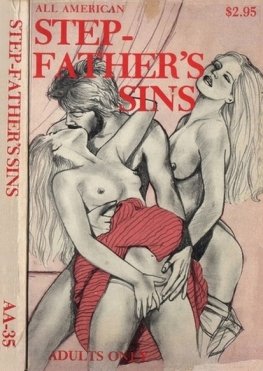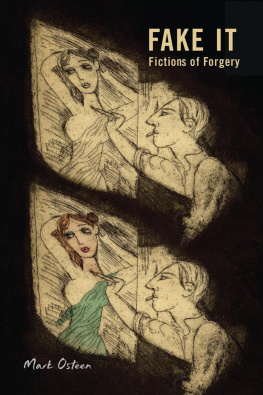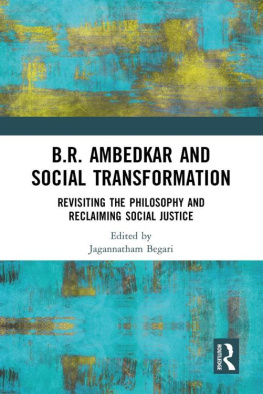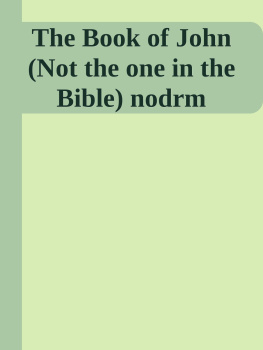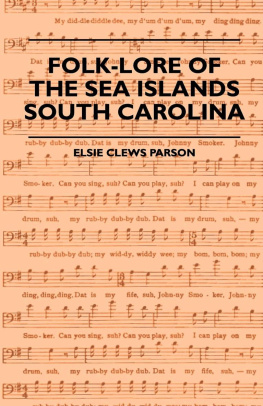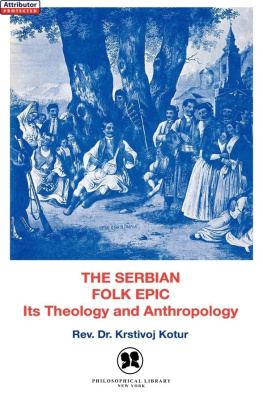INTRODUCTION.
I T is only within the last few years that the importance of folk-lore, the popular legends, tales, drolls, and extravagances which have been handed down from generation to generation among the labourers, peasants and youth of a nation, has been frankly recognised. It is now, however, generally acknowledged that this kind of literature, which more than all other deserves the name of popular, possesses a value beyond any momentary amusement which the tales themselves may afford, and it has assumed an honourable post side by side with other and graver materials, and has obtained a recognised use in deciding the conclusions of the historian and ethnologist. It is fortunate that the utility of these tales and old wives fables should have been thus recognised, otherwise the dull utilitarianism of modern educators would soon have trampled out these fragments of the elder time, and have left to our children no alternative than that of being crammed The collection of Serbian popular tales, now translated into English and here published, is an additional contribution to our knowledge of such literaturethe most venerable secular literature, it may be, which has come down to our times.
At the wish of the lady who has selected and translated these tales, I have undertaken to edit them. In doing so I have, however, preserved, as far as possible, the literality of her version, and have limited myself to the addition of a few notes to the text. The tales included in this volume have been selected from two collections of Serbian folk-lore; the greater part from the well-known Srpske narodne pripovijetke, of Vuk Stefanovich Karadjich, published at Vienna, in 1853, and others from the Bosniacke narodne pripovijetke, collected by the Society of Young Bosnia, the first part of which collection was printed at Sissek, in Croatia, in 1870. The collection of Vuk Stefanovich Karadjich was translated into German by his daughter Wilhelmina, and printed at Berlin, in 1854. To this volume, which is dedicated to the Princess Julia, widow of the late Prince Michael Obrenovich III., Jacob Grimm, who suggested to Karadjich the utility of making the original collection, has contributed a short but interesting preface.
The collection of Vuk Karadjich was gathered by him from the lips of professional story-tellers, and of old peasant women in Serbia and the Herzgovina. One of these stories, translated in the present volume, and here called The Wonderful Kiosk, or The Kiosk in the Sky, was however written out and contributed to this collection by Prince Michael, the late and lamented ruler of Serbia, who had heard it, in childhood, from the lips of his nurse. The Bosniac collection was made by young theological students from that countrymembers of the college at Dyakovo, in Croatia.
The taste for this species of literature has, during the last few years, led to the publication of various collections of traditional folk-tales, legends, and sagas, from all countries including and lying between Iceland and the southern extremity of Africa and of Polynesia, until a very ample body of such stories have been made accessible even to the mere English reader. Whilst Mr. Thorpe tales which still exist amongst us, and which we have inherited from our Aryan ancestors,echoes of stories first heard by them in their home in Central Asia.
By means of these and similar collections, we are enabled to trace and compare the folk-tale in the various stages of its growth, and note its modifications, according to the religion of the people who have received it, and the climate of the countries in which it has been naturalised. In the pages of Professor Max Mller, of Mr. Baring Gould, and of Mr. Cox, we have attempts, more or less successful, to treat these stories scientifically, and to trace and explain the origin and motive of the various popular tales and legends which are comprehended under the name of folk-lore.
An examination of these collections leads to the conclusion thatapart at least from the legends of historythe number of strictly original folk-tales is but small; and that people, settled for ages in countries separated geographically, have yet possessed from remote antiquity a popular literature, which must have been the common property of the race before it branched into nations; but that the natural accretions, the growth of time, together with local colouring, fragments of historical facts, the influence of popular religious belief, and, above all, the exigencies and ingenuity of professional story-tellers, have so modified these primitive tales and legends, that an appearance of originality has been imparted to current popular tales, which, however, a larger acquaintance with folk-lore, and a more extended investigation, are now gradually dispelling. It is at length evident that various primitive legendary and traditionary elements have been combined in most of these tales; and that the only originality consists in such combination. They resemble a piece of tesselated work made up of cubes of coloured stone, the tints of which are really few in number, though they admit of being arranged into a variety of figures after the fancy of the artist.
In the appendix to Mr. Hendersons Notes on the Folk-Lore of the Northern Counties of England, under the appropriate name of Story-radicals, the reader will find a useful and suggestive classification of the elements which enter into the composition of various popular tales borrowed from Von Hahns introduction to his collection of Greek and Albanian folk-tales; and although this classification is rendered imperfect by the recent large increase of such stories, yet it suffices to explain the manner in which fragments selected from other popular fictions have been built up and agglutinated together. Philological research is day by day illustrating more clearly the original oneness of the language of mankind; and collections of household stories and popular legends are showing that much of the really popular literature, especially such as lingers in lands uninvaded by modern civilisation, and in sequestered spots in the midst of such civilisation, was possessed in common, before mankind was parted off into races, and subdivided into tribes and nations; so that they also furnish another proof of the unity of the human race. We are still able, at least to some extent, to trace the genealogy of many popular stories, and to ascend to their fountain-head, or at least to such a distance as to indicate the time when they originated, and the land where they were first told. Thus we may feel sure that had some of the tales in this volume been the original fancies of Slavonic minstrels and story-tellers they would not have been garnished with crocodiles, alligators, elephants, and the fauna and flora of Hindoostan, and that the germ of such stories must therefore have existed before the Slav made his home in Europe. Such accessories are sufficient proof that the tales themselves could not have been indigenous to the banks of the Danube, but must have been brought thither by a race which had migrated from a more southern and eastern home.




